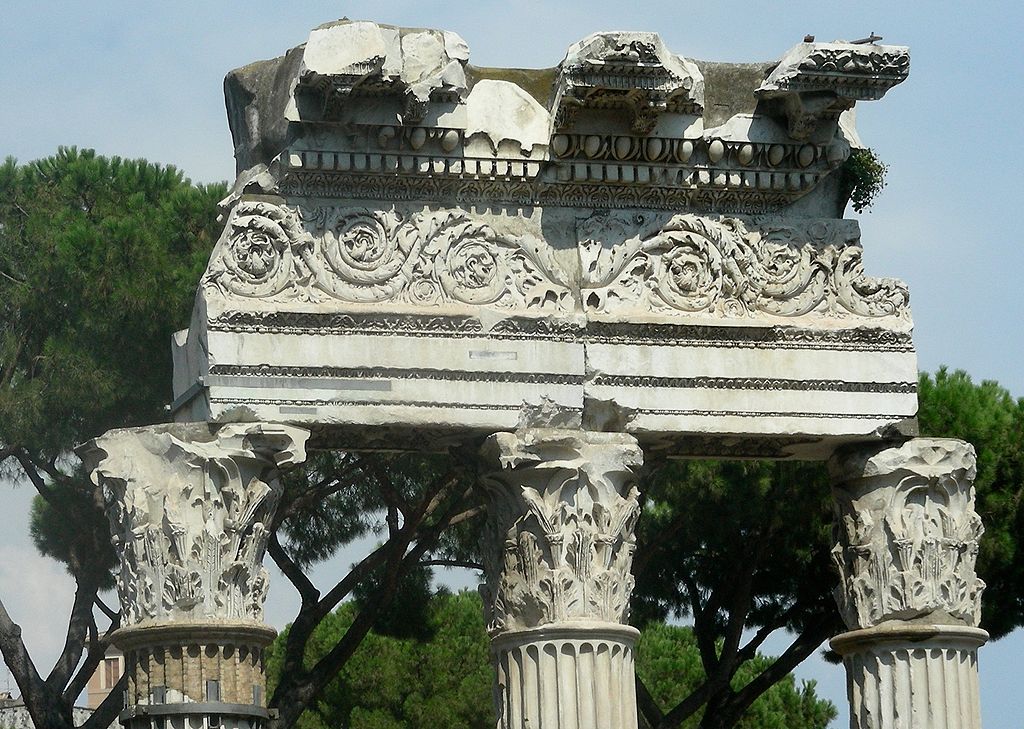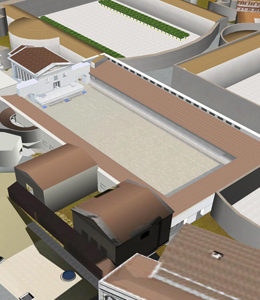By Anne Leader
Beware the Ides of March. Julius Caesar was assassinated on 15 March 44 BCE in Rome, only five years after defeating Pompey and his followers in the Roman Civil war and being named dictator (r. 49-44 BCE). Caesar was also a patron of the arts, renovating the center of Rome with buildings like the Basilica Julia, begun in 54 BCE in the Roman Forum and a second forum appended to it called the Forum Julium. This urban space established a pattern followed by later Roman emperors, including Augustus, Nerva, and Trajan. A rectangular space with porticoes ended in a temple, in this case dedicated to Venus Genetrix, whom the Julian clan took as their patron and divine ancestor. The courtyard once had an equestrian statue of the famous general, which set another precedent for his successors, like Marcus Aurelius. Caesar’s death cut short many of his urban projects, several of which were taken over by his adopted son Augustus and his lieutenant Agrippa.
Resource: Luca Leoncini. “Caesar, Julius.” Grove Art Online. Oxford Art Online. Oxford University Press.
Vincenzo Camuccini, The Death of Julius Caesar, 1804-5, oil on canvas. Rome, Galleria Nazionale d’Arte Moderna
Reverse side of a coin issued by Caesar’s assassin Brutus in the fall of 42 BCE, with the abbreviation EID MAR (Ides of March) under a “cap of freedom” between two daggers
Bust of Gaius Julius Caesar, marble. Naples, National Archaeological Museum. Photo: Andreas Wahra, 1997.
Temple of Venus Genetrix, Rome





